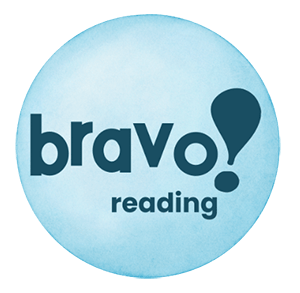Making The Grade – Innovative Treatment for Dyslexia!
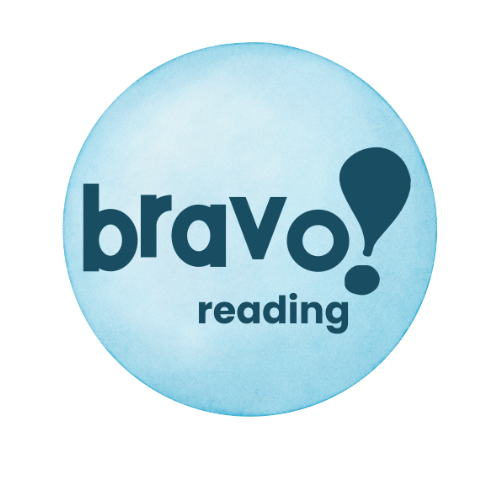
Living with dyslexia can present numerous challenges for kids. But with the right treatment, they can overcome these hurdles and achieve their full potential. Effective treatment for dyslexia can significantly improve reading skills, boost confidence, and enhance overall academic performance.
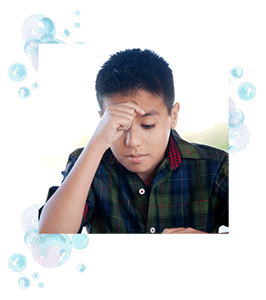
From evidence-based reading programs and multisensory techniques to innovative therapies and supportive technologies, Bravo! Reading provides you with comprehensive information. This serves as a guide to help you empower your child. Your journey together can be positive and life altering!
One in five children has dyslexia. That’s twenty percent of our school-wide population. This means that in any given classroom in America, there will be approximately seven children suffering from dyslexia. Yet, over and again kids don’t get treatment for dyslexia in the form that works for them.
Yet…very few of these bright, verbal children receive appropriate interventions and treatment for dyslexia to help them read and spell. Instead of offering kids with dyslexia a reading program that meets their needs and cater to their learning styles, these kids are forced to learn in a way that works for mainstream children.
By definition, dyslexia is a learning disorder marked by impairment of the ability to recognize and comprehend written words. According to Wikipedia, dyslexia is a reading disorder characterized by reading below the expected level for one’s age. Obviously, this leads to many different routes of treatment for dyslexia. But over time, we’ve found that several things work, even though most treatments only put on “bandaids” for kids with dyslexia.
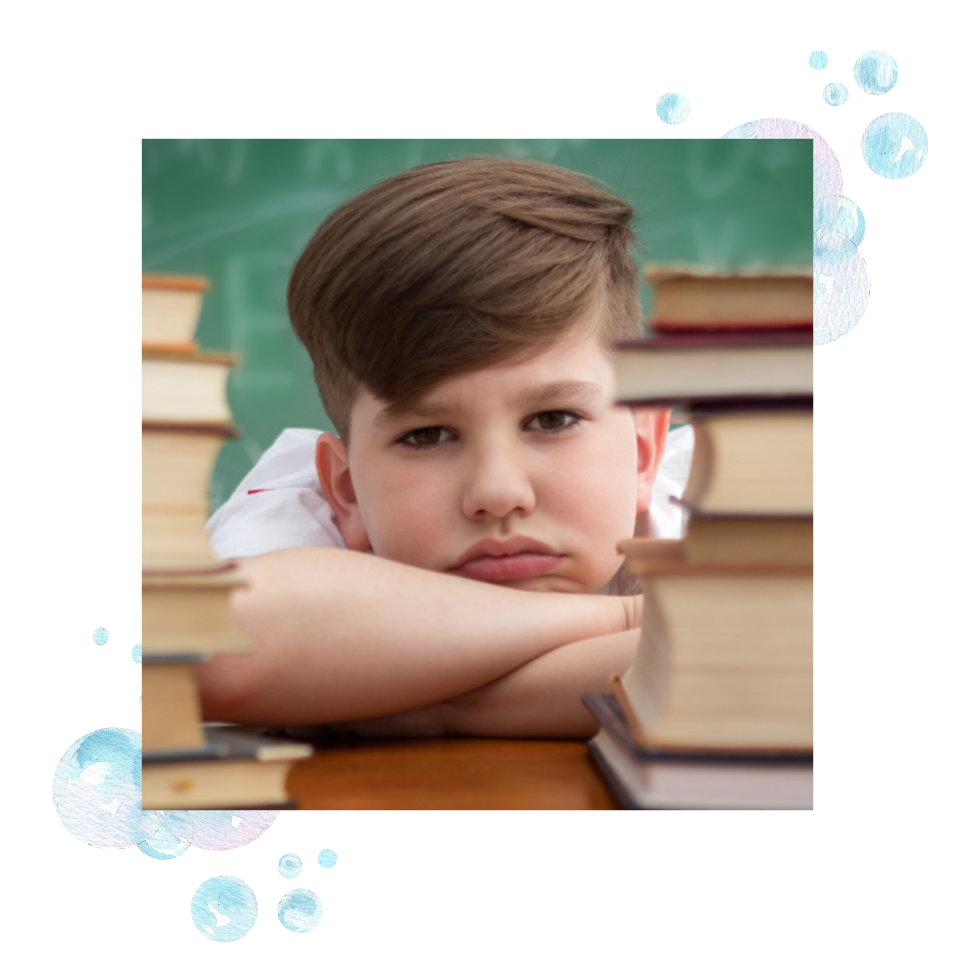
No matter what the definition, this troubling condition can affect both a dyslexic child’s reading and spelling as well as bleed over to other learning disabilities like dysgraphia (a type of writing dyslexia) and dyscalculia (a type of math dyslexia). In addition, dyslexia trickles into every facet of a family’s life, and treatment for dyslexia becomes a desperate attempt at doing anything that might help.
Dyslexia has been around for a long time, yet there are very few programs available that understand how these kids learn. In addition, proper treatment for dyslexia is rarely provided. In the end, it’s the child with dyslexia who suffers.
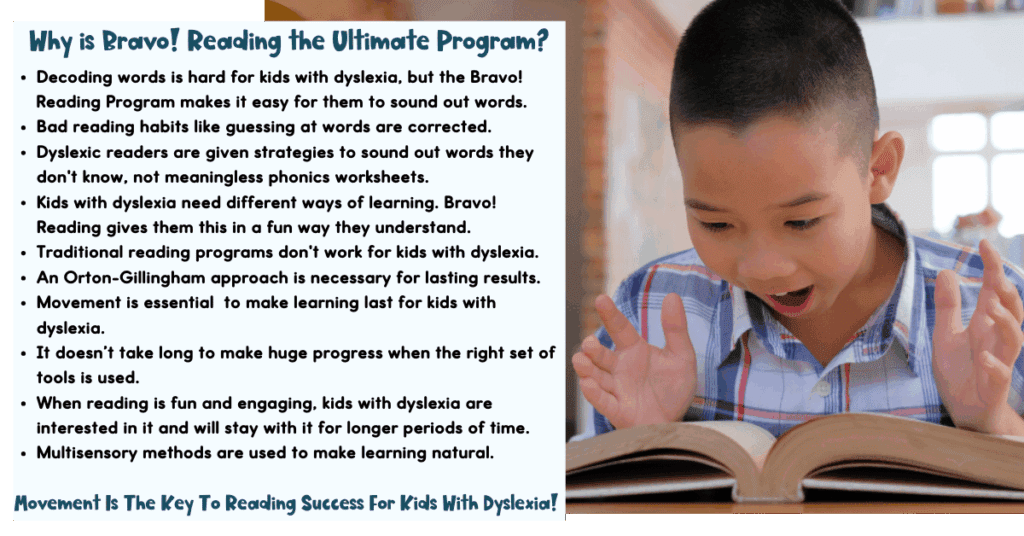
Dyslexia Has Been Around For A Long Time!
Dyslexia was discovered all the way back in 1877! The reading and spelling difficulties we still see in kids with dyslexia were first identified by Adolph Kussmaul, a German Professor of Medicine. Back then, they coined the condition ‘word blindness’, thinking the problems stemmed from an ocular deficit.
It wasn’t until 1963 that dyslexia was recognized as a real learning disability and the term became a household name. Still, on a regular basis, children with dyslexia fail to receive proper treatment for dyslexia, appropriate instruction, and the understanding they desperately need.
Children with dyslexia are smart, frustrated, and highly perceptive. Yet they desperately struggle with reading and spelling skills. They become caught in a failure chain…one where a day at school can feel like a lifetime.
Why Kids With Dyslexia Fail Over-And-Over Again!
On a daily basis, children with dyslexia are failed by an archaic school system that doesn’t teach to the kinetic or hands-on learner. Dyslexic children need to touch to learn. They need to move!

Instead, they are told what to learn. They must sit in long lectures – even in kindergarten and first grade now – with rigorous curriculum they don’t understand. Not because they aren’t bright but because it’s taught in a way they can’t comprehend.
These kids are expected to copy information from the board to learn, a system that might work for others, but evades these kinesthetic learners. When in fact, these bright children need treatment for dyslexia that takes the way they learn into consideration. These kids don’t respond to traditional treatment methods. They simply learn differently than other children.
Even if these kids do qualify for special services at school (Special Education), they rarely receive targeted treatment for dyslexia that will help them systematically learn to decode for reading and spelling success. Instead, they are given the same curriculum that meets the needs of their peers – only watered down.
Is it any wonder that 48% of our prison population is dyslexic?
How Traditional Reading Programs Let Down Kids with Dyslexia
Public schools are geared to offer help to struggling students in the form of Special Education where an IEP (Individualized Educational Program) is offered. Usually, in order to qualify for Special Education where this IEP is given, a child needs to be two years behind academically. From there, a psychological exam is given to see if the child qualifies for the IEP.
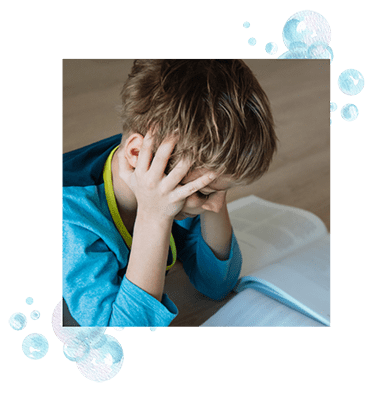
However, since one of the symptoms of dyslexia is high intelligence, kids with dyslexia often don’t qualify for special services – even if they are more than two years behind in reading.
Once again, children with dyslexia fail to receive proper treatment for dyslexia and fall further and further behind.
Kids with dyslexia need a reading system that works for them, not against them. They need specific, research-based decoding strategies that are taught through brain-based learning and gross-motor movement.
Children with dyslexia need to be taught through their primary learning sense, which is touch and movement.
Proper Treatment for Dyslexia: Lost In The Shuffle
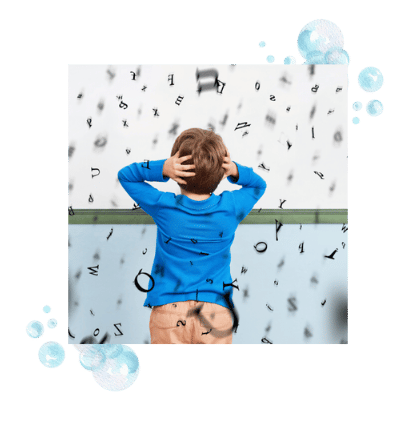
Most kids with dyslexia are hands-on or kinetic learners. This means they learn best by doing something – not by seeing it or hearing it. Movement is their jam! Forcing them to use a program geared for a traditional learner is like pouring hot oil on a fire. These kids need treatment for dyslexia tailored toward their needs – not the needs of other children.
Often, parents are frustrated and confused. They know their dyslexic children are smart and usually so verbal that they’re disappointed when those first report cards come out. It’s no wonder that the homeschooling population is on the rise
The need for their child to get hands-on learning was cited by 35% of parents as the purpose for homeschooling them.
Even so, unless proper treatment and hands-on learning is used correctly, homeschooling will only offer a safe space to learn. This is better than having your child suffering at school, but treatment for dyslexia along with kinesthetic learning is important for results!
It’s How They Learn: Movement Is Their Jam!
As previously stated, most dyslexic students are kinesthetic or hands-on learners. This is partly because they have weak or compromised visual and auditory learning systems. What this really means is that they have to “do” to learn. They need to touch, assemble, and move in order for learning to set in.

A phonics worksheet does not meet their specific learning needs, because there is little movement involved. Fluency building where they are forced to read faster and faster without a sure system of decoding does not fit their needs. Being given difficult comprehension questions on text they don’t understand only serves to frustrate them further.
And the sad truth is that these bright, verbal children continue to get caught in an academic failure chain that isn’t their fault because they weren’t provided with hands-on learning techniques and proper treatment for dyslexia.
Did you know that a child with dyslexia can perceive a single image in forty or more different ways? Because of this, information that was previously learned and mastered suddenly seems like new information. This frustrates and confuses parents and teachers, who often think these kids are “messing” with them or just being lazy to get out of doing work.
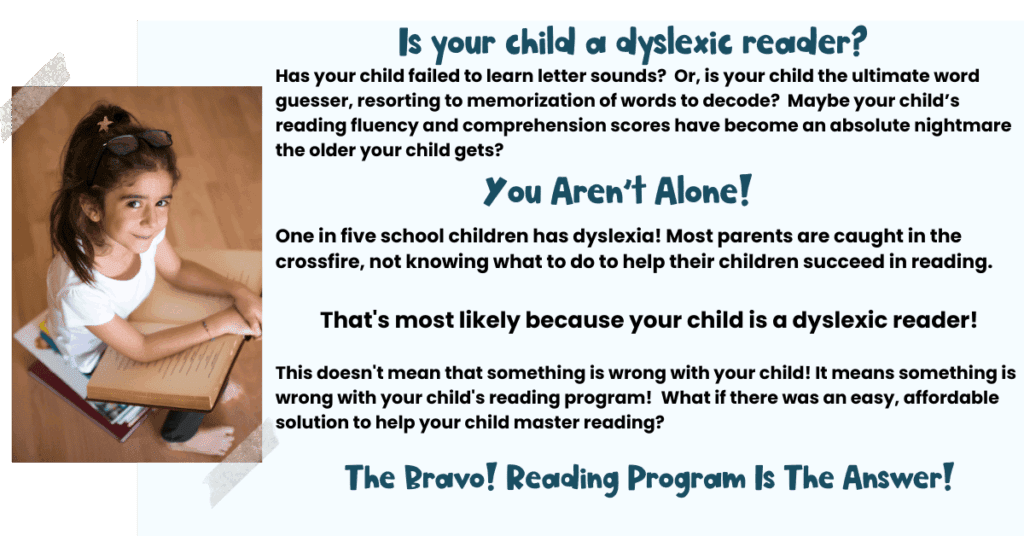
Flip Flopping Letters: Part Of Excellent Treatment For Dyslexia!
Can you imagine what it would be like to learn that the letter “d” faces to the left and then suddenly it moves – facing to the right? Or it might flip flop the other way, flipping upside down and looking like a “p”.
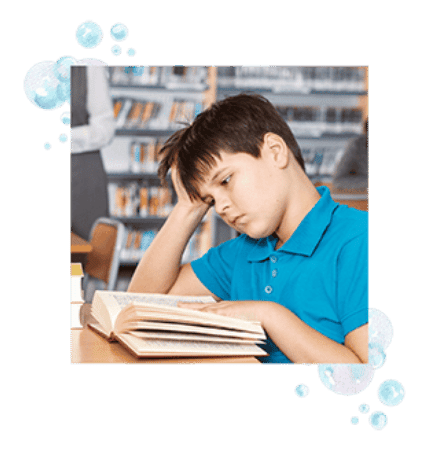
Reading and spelling might be difficult for you, too, if this happened on a regular basis! But with proper treatment for dyslexia, children with dyslexia can make huge progress. The starting point is getting the right reading program so they can succeed with the most important skill of all…reading.
Reading affects every subject in school – even math. Common Core Math relies heavily on a child’s ability to read problems instead of just doing computation. A child who has weak reading skills starts at a disadvantage and is penalized for poor reading skills when, in fact, math skills are most likely strong.
Even science relies heavily on reading abilities. Most science classes have children read passages and answer questions instead of providing hands-on science experiments.
Decoding words efficiently is the first step to reading success. Kids with dyslexia have a difficult time learning to decode words. It’s like a foreign language to them. But with a reading program that focuses on teaching decoding skills through brain-based learning and large motor movements, reading progress is quick and seamless!
More Than A Learning Problem: It’s All In The Processing
Kids with dyslexia usually struggle with visual processing skills because of their condition. They suffer most with visual memory, which is the ability to hold a visual image in the brain after the image is gone. Most likely, this is because the images they take in are not constant. Instead, they are constantly moving!

Reading and spelling are primarily visual activities, and that’s why treatment for dyslexia is so critically important. Visual memory skills can be practiced until they are strong. Visual memory is not an intelligence issue. It’s a skill like riding a bike or painting a picture. With enough practice, this skill and other visual processing skills can be strong.
Long ago, dyslexia was thought to be primarily a visual condition. But newer research reveals there is an auditory component as well.
These kids might hear a small sound in the back of the room loudly, like a jet engine. Or the scraping of a pencil on paper might send the dyslexic child through the roof, obviously making it difficult to concentrate.
The auditory information comes into a student’s brain, becomes jumbled, and the output isn’t what it should be. That’s why it’s so important to have treatment for dyslexia that’s tailored to the specific needs of the child.
In addition, today’s classroom isn’t much different than those from over a hundred years ago. Children are required to sit quietly as the teacher stands in front of the classroom, lecturing. The student is expected to process this auditory information, assimilate it, and remember it forever.
This isn’t how kids with dyslexia learn, especially when they aren’t necessarily hearing sounds correctly!

The Warning Signs of Dyslexia:
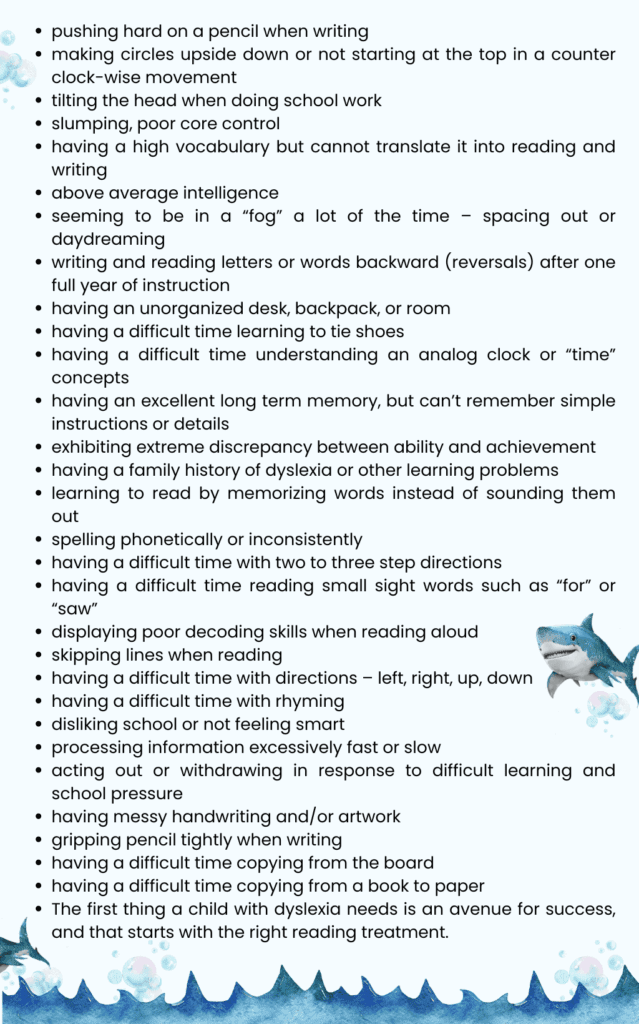

How Tradition Hurts Kids With Dyslexia
Traditional reading programs don’t treat dyslexia properly. They don’t take the child’s specific needs into consideration, For starters, kids with dyslexia need large motor movement to learn.
Circling pictures on phonics sheets isn’t the right learning route for these kids! Using dot dabbers to pound out sounds and syllables does work!
Next, kids with dyslexia need brain-based learning. This takes their learning deficits into consideration and lets them learn naturally instead of a forced diet of what works for other kids and not them. Finally, kids with dyslexia need a multisensory reading program, one that uses all three senses to help them learn.
Once your child has a firm reading foundation, you can seek out proper dyslexia treatment to strengthen visual and auditory skills so learning in general can be easier.

Myths About Dyslexia You Shouldn’t Believe:
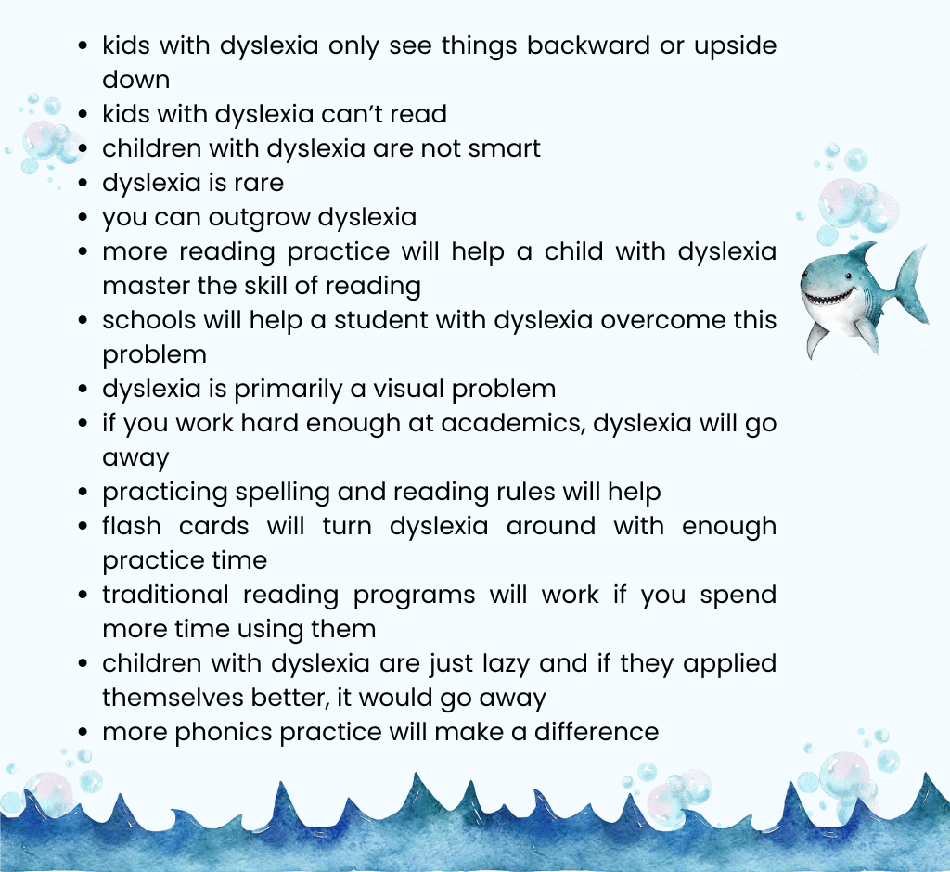

Challenge The Norm And Demand The Best Treatment For Dyslexia!
Children with dyslexia are bright, usually verbal, and have a lot of gifts to share with the world! But too often, parents and educators give up on kids with dyslexia. They accept status quo – that kids with dyslexia simply can’t read and just accept it.
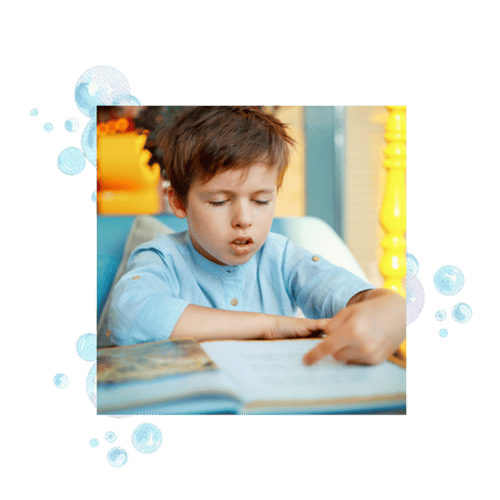
News flash!
Kids with dyslexia learn to read every day…if they have the right tools to learn what feels like a foreign language to them. If you went to Italy on vacation, you wouldn’t take French lessons before you left. But kids every day are given “French” lessons in school then taken directly to “Italy” and are expected to speak Italian!
With the right treatment for dyslexia, which first includes the right reading program, kids with dyslexia can thrive – not only in reading but in all subjects.

Truths About Dyslexia You Should Take To Heart:
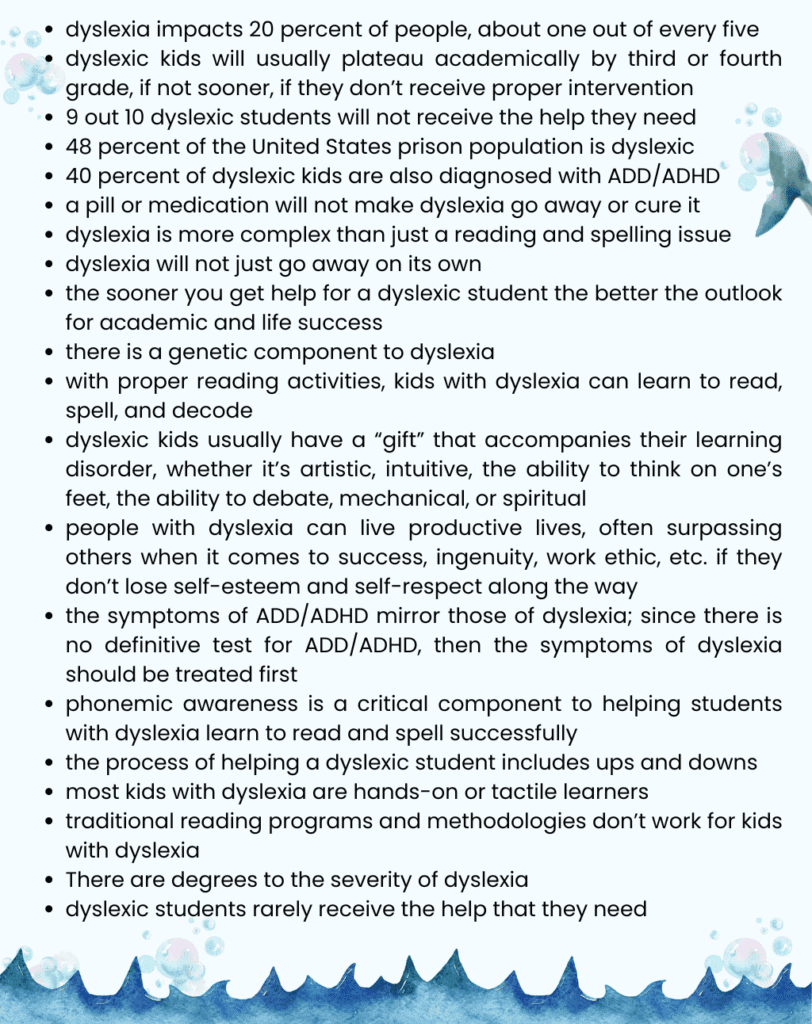

Making The Difference – The Amazing Tools That Change Lives
There’s a lot of good news for kids with dyslexia! When kids are given the right treatment for dyslexia, which starts with the right reading program, they can make huge strides!
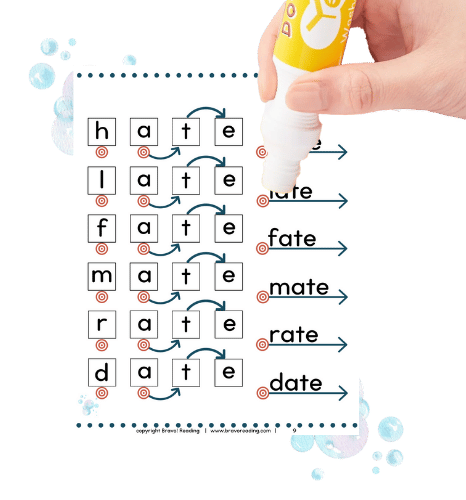
The right tools make all the difference…tools that speak in the dyslexic child’s learning language. Tools that work for the child – not that are purchased to meet the needs of the masses. After all, twenty percent of the kids in classes struggle with dyslexia.
And even worse, these kids rarely receive appropriate treatment for dyslexia.
If progress is to be made, a reading program needs to use large motor movement, is multisensory, is based on phonemic awareness building, uses an Orton-Gillingham approach, and adapts brain-based learning methodologies.
Step-by-step, kids with dyslexia can make strides and start that first step of learning success by building a strong reading foundation!

The Ultimate List: What Is Dyslexia?
- it is classified as a language processing problem
- dyslexia can be diagnosed as early as one year of age but typically requires one year of academic instruction
- it is difficult to get a clean, clear diagnosis and treatment plan for a student with dyslexia, especially through the school system
- dyslexia is a learning disorder that has been studied for years, yet few people have proven results that will fully cure it
- there is a 50/50 chance that a child will be dyslexic if someone in the family also struggles with dyslexia or another learning disability, diagnosed or un-diagnosed
- the brain structure of someone with dyslexia is different than others
- kids with dyslexia process information differently than others
- children with dyslexia are smart
- dyslexic students struggle with a multitude of different issues that are difficult to pinpoint and treatment.
- Getting a child tested for dyslexia is very important to help them get the right support. First, talk to your child’s school or doctor.

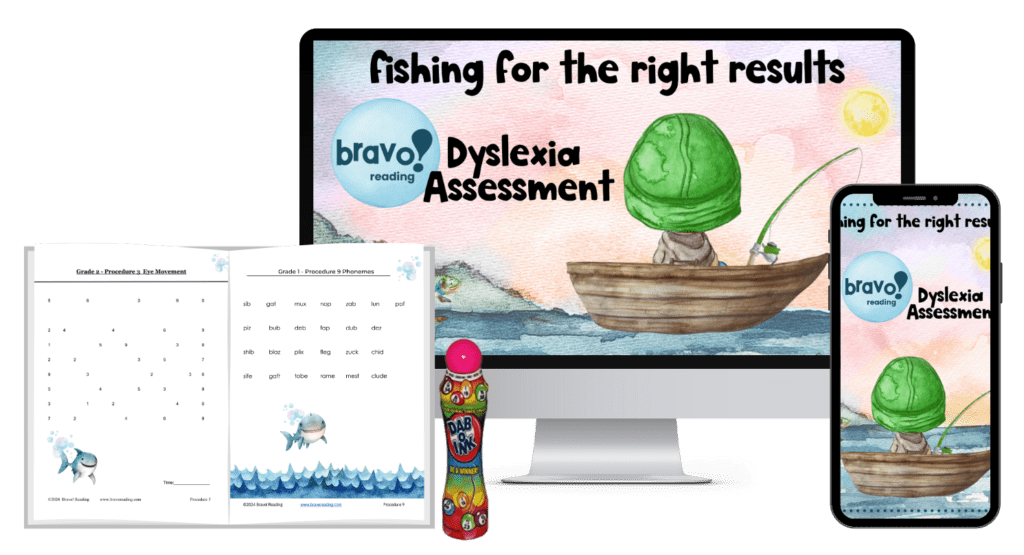
After you get a referral or decide to find a specialist yourself, pick someone who has experience with dyslexia. Look for professionals like educational psychologists or learning disability specialists.
Bravo! Reading offers a Dyslexia Assessment performed by Lisa Harp, the founder of Bravo! Reading. She personally works with your child via teleconferencing to come up with numerous reading and sensory issues that get in the way of learning. When you’re done, you’ll understand your child and will have a game plan for moving forward. For just $399, the Bravo! Dyslexia Assessment is affordable and gives you tons of information.
Either way, whoever performs your child’s assessment should do a thorough check of your child’s reading, language, processing, memory, and sensory skills. This will include several tests to see if your child has dyslexia and to rule out other issues.
Once the testing is done, the specialist will give you a report. This report will explain your child’s challenges and strengths. It will also suggest ways to help your child learn better. Make sure to read this report carefully and talk with the specialist about it. Using their advice and finding extra help can make a big difference in your child’s learning.

A Free Dyslexia Test – What A Way To Start!
Finding out if your child has indications of dyslexia can be done right at home with the Bravo! Reading Free Dyslexia Test. This is a simple way to start understanding your child’s reading difficulties. The test includes fun activities and questions that can help you see if your child might need more help with reading.
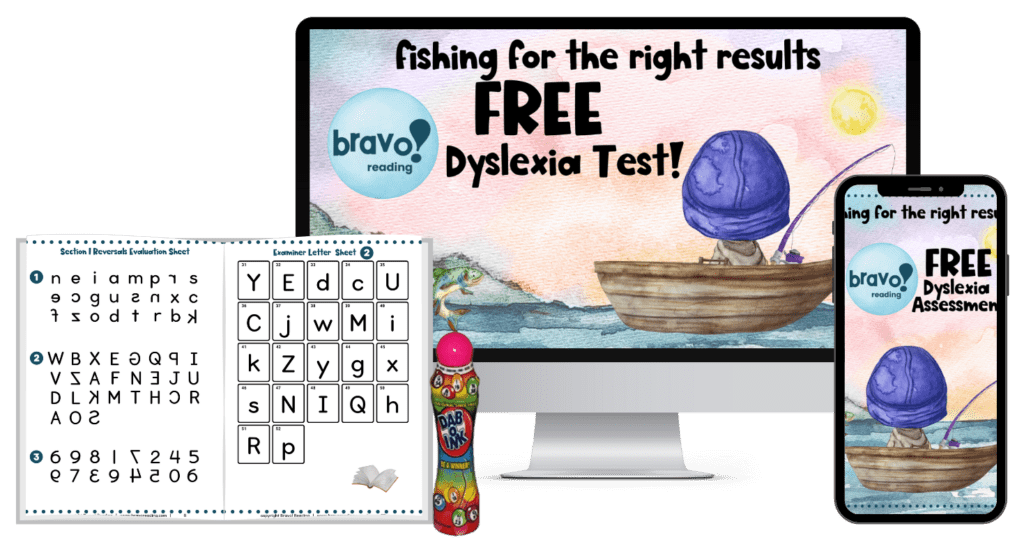
First, make sure you have a quiet and comfortable place for your child to take the test. This will help them focus better. The test will ask your child to do things like read simple words, recognize letters, and sound out words. It’s important to watch how they do these tasks and take notes.
After finishing the Bravo! Free Dyslexia Test, you can review the results. If the test shows that your child might have dyslexia, it’s a good idea to talk to your child’s teacher and/or doctor.
They can help you decide if your child needs a full evaluation by a specialist or if starting right off with the right reading materials is the best bet.
Getting this help early can make a big difference in your child’s reading and learning!
Fill Out The Form Below To Download The FREE Bravo! Dyslexia Test

The Most Common Learning Differences Exhibited By Kids With Dyslexia:
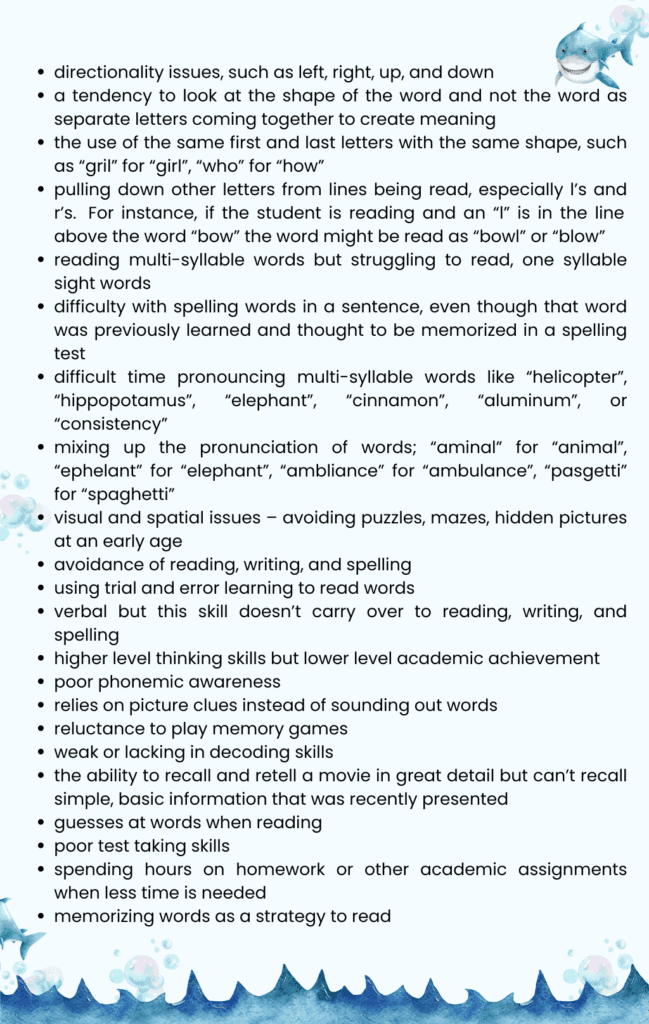

Self-Esteem And Dyslexia: It’s Not A Good Combo!
Without proper dyslexia treatment and interventions, kids with dyslexia often suffer with self-esteem issues. That’s why 48% of our prison population has dyslexia!

It’s so sad that these bright, gifted children feel like they actually aren’t smart. They often end up hating school, and take wrong turns along the way because they don’t receive the right help.
Children with dyslexia rarely get academic awards because reading transfers over to every subject. And reading is so very hard for them. They end up failing, and a chain of reaction starts.
Schools should be testing for dyslexia and providing the right reading and spelling programs for kids with dyslexia. It’s not that hard to do! These kids need different methods of learning – that’s it! They need movement, targeted curriculum, and multi-sensory methodologies.
Unfortunately, schools miss the mark with dyslexia all too often. Because children with dyslexia are so bright, so verbal, teachers don’t recognize that something is going on. They’re told to work harder, perhaps even called lazy.
That’s the furthest thing from the truth!
These children work harder and harder, but grades stay the same or get worse. At some point, these brilliant, creative kids give up. They accept that the awards are for other kids.
And it snowballs from there.

Avoid These Treatments for Dyslexia Like The Plague:
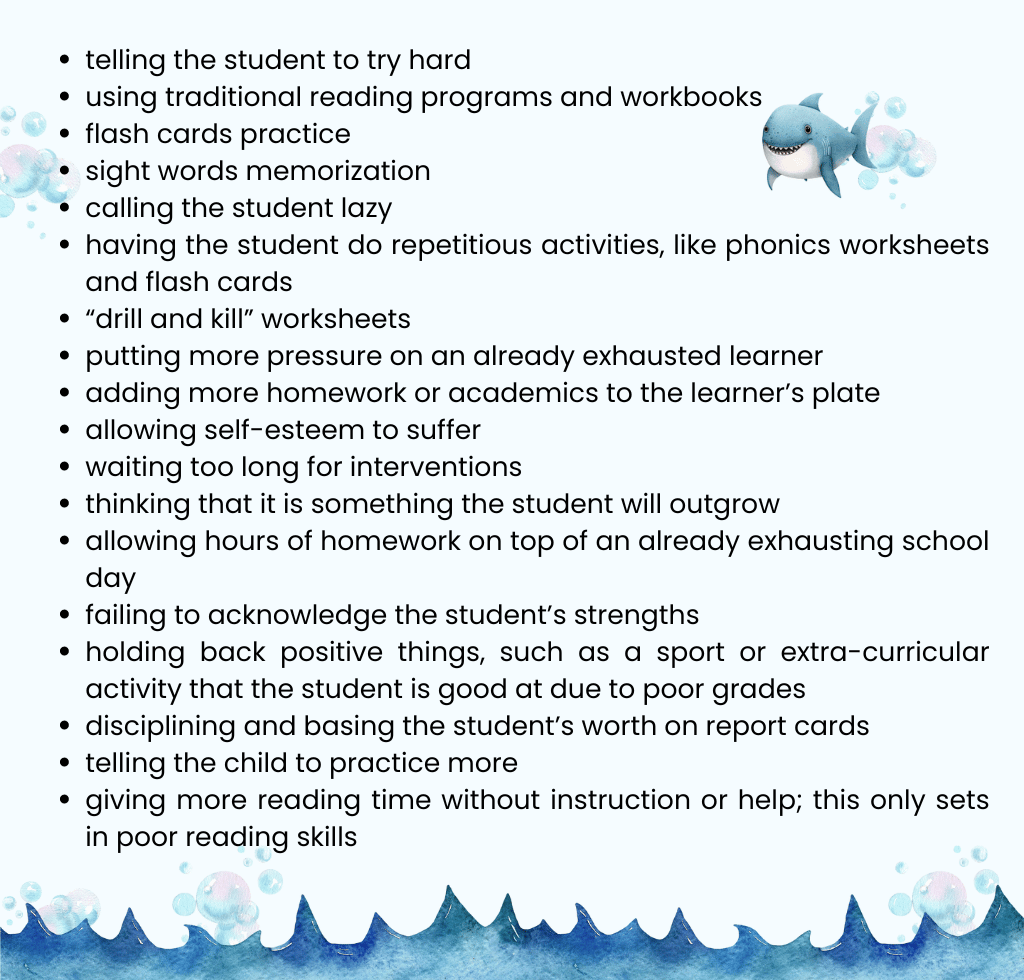

How Movement In Reading Makes A Difference
Your child shouldn’t hate to do activities that attempt to help reading become an easier process. The activities should be fun, easy, and enjoyable. Forcing your child to do activities that feel unbearable only makes reading a dreaded activity.

All too often, we think that if kids “bear down” and work harder that something magic is going to happen. It’s easy to believe that if enough “drill and kill”, enough repetition happens, that the child with dyslexia will suddenly emerge from the non-reading cocoon and start reading Shakespeare!
This won’t happen!
But if the correct set of tools is used and the right treatment for dyslexia, then progress can be made.
It starts with movement and decoding…taught in a way a child with dyslexia can understand and use.
Because movement is their jam!
Kids with dyslexia need ways to decode words they don’t know when they come across them. Without firm strategies in place, they end up guessing at words, and usually, they guess wrong.
They also try to use memorization as a way to read, which is exhausting because we have over one million words in our language! It’s simply too “clunky” to try to try to recognize this many words when trying to read.
Another tactic kids with dyslexia engage in is using trial and error learning to read. They lack strategies to decode words, so they randomly guess at ways to get to the correct word.
Usually, they are wrong.
These three bad habits are called the Three Pillars of Poor Reading. And with the right treatment for dyslexia, they can go away in short order

Make A Run For These Treatments for Dyslexia:
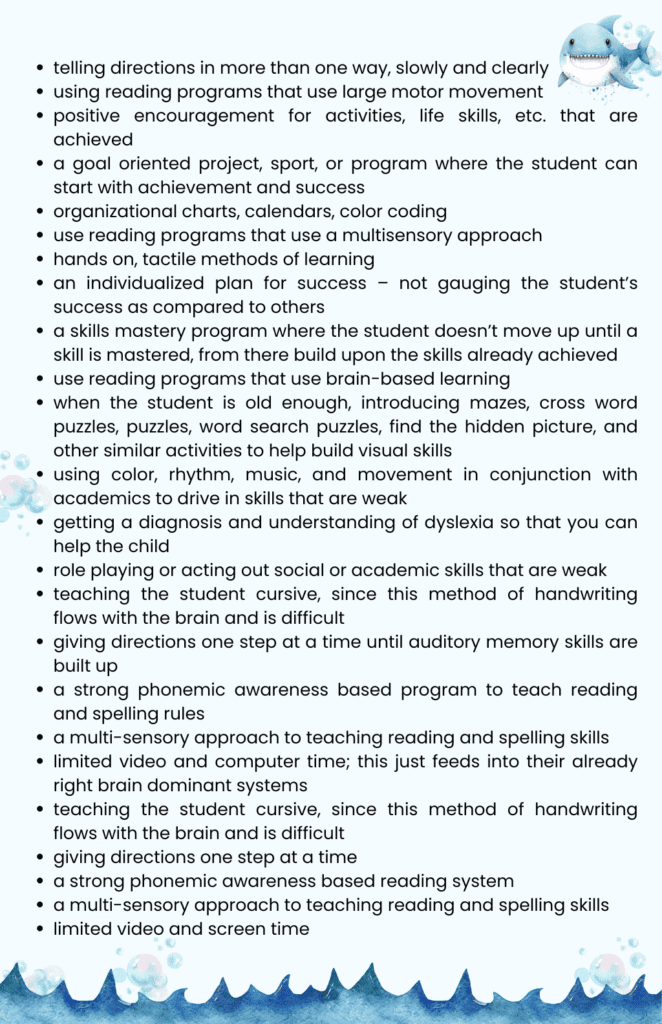

Start The Ball Rolling With Innovative Decoding Strategies
As trial and error learning happens…sometimes, the reader is met with success. And….believe it or not, that’s when problems crop up. This is because these false positives encourages kids with dyslexia to keep using this unreliable and weak strategy of reading!
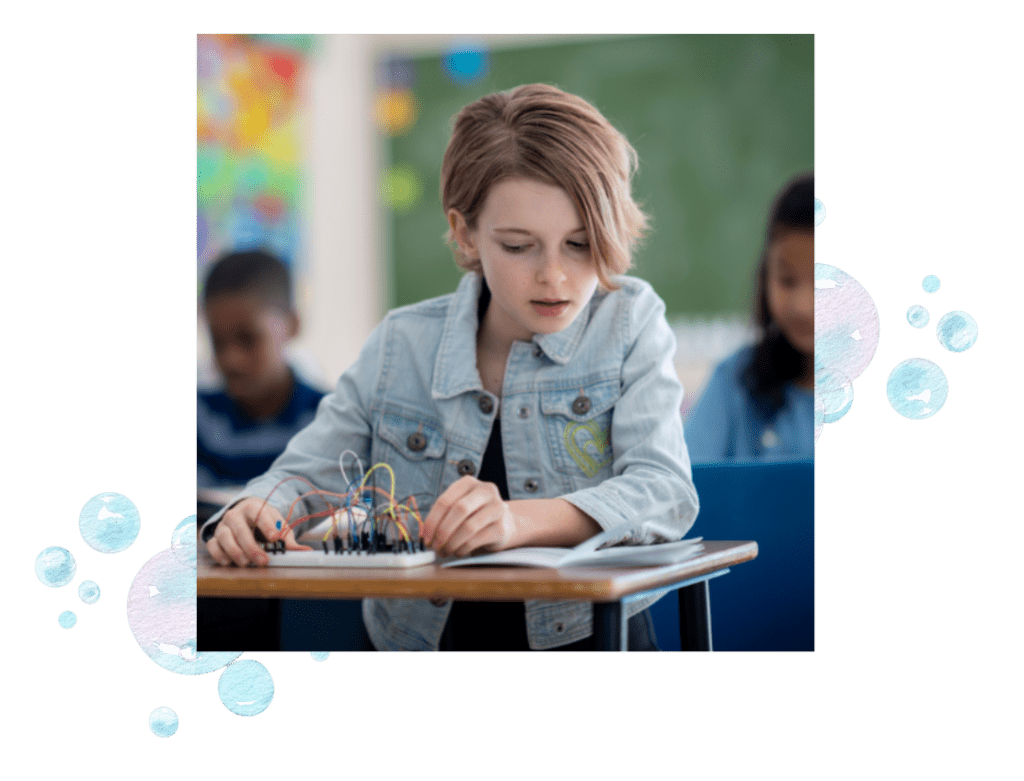
Bravo! Reading fixes this problem by giving these kids sound strategies through gross-motor movements, multi-sensory, and brain-based learning. This is an example of treatment for dyslexia that works!
Even if your child’s habits are deeply ingrained, habits can be relearned through practicing in a way that makes sense to them. Even better, when your child or student is having fun, then it’s a much easier buy-in to learning and reading!
Movement, color, pictures, auditory and visual cues, a multi-sensory approach, phonemic awareness, the use of dot dabbers and markers, crossing the midline of the body, and predictability are just a few of the fun and engaging activities Bravo! uses to help the dyslexic reader master decoding skills.
It’s confusing enough to be a child with dyslexia – trying to navigate not only a classroom, hours of confusing homework, and even life – without a confusing reading program. Something needs to make sense in a dyslexic child’s world, and when the light bulb turns on, then reading becomes a joy. New worlds open up when your child gets the proper treatment for dyslexia!
Whether your child is an emergent reader or an older, struggling reader who is having a hard time with reading and spelling, don’t despair. If you teach dyslexic students to read by providing research-based and field tested strategies, then reading can be a breeze!

Those Amazing Gifts: Dyslexia Doesn’t Have To Be A Bad Thing!
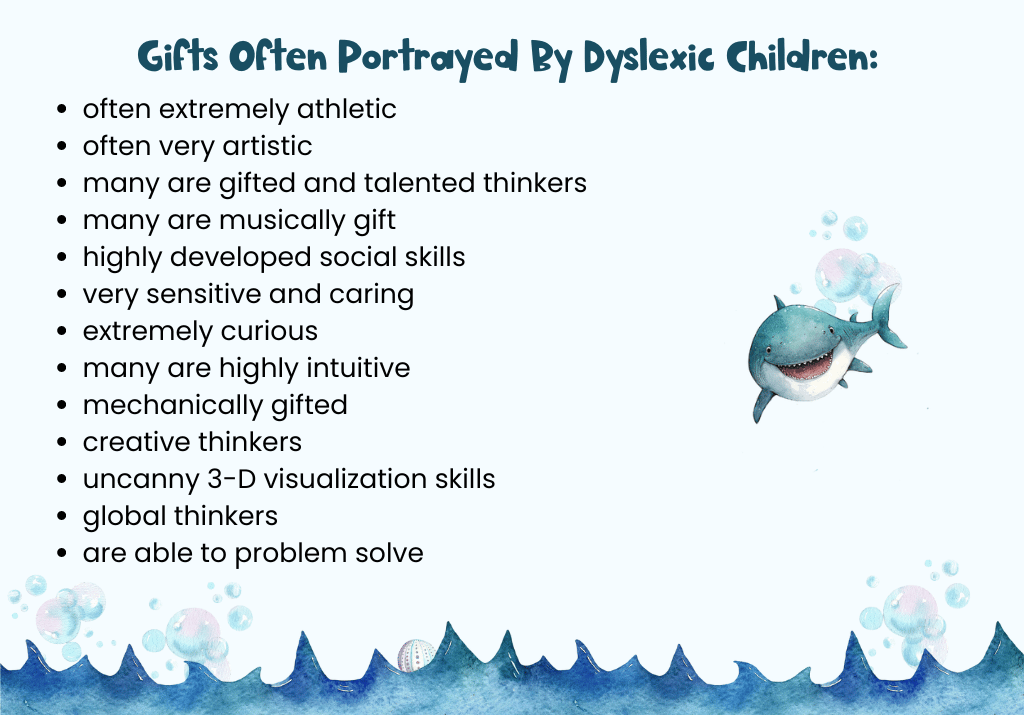

Misdiagnosed And Misunderstood – Let’s Use The Right Treatment for Dyslexia!
Sadly, a poor reader, such as a child with dyslexia, will usually struggle in almost every subject area, because strong reading skills are necessary to make good grades. This, of course, directly affects the ability to do homework independently. If reading skills are not at grade level, then it’s going to take a lot longer to get homework completed.

That’s when meltdowns start and the dyslexic child starts whining and fussing…cajoling and negotiating. One hour spreads into the next.
All too often, parents think their dyslexic children are lazy or not working hard enough. “Try harder,” they coach. “Keep working, and it will come.”
If dyslexic children could read at grade level, then they’d already be doing it. Instead of struggling unnecessarily in reading, they need specific treatment for dyslexia that works for them – not anyone else!
If you have a child who has been diagnosed with dyslexia, or if you suspect your child has this condition, it can take over your whole life. You know your child is bright, but you don’t know where to turn. Teachers do their best, trying this and that, often out of sheer desperation. But homework battle ensue. Emotions flare. Wear and tear on both you and your child sets in, and often the entire family is affected.
Dyslexia Takes A Toll On The Entire Family!
A child with dyslexia can take a toll on the entire family. Because these kids look so “perfect”, it’s hard to imagine that there is something going on inside their brains preventing them from reading.
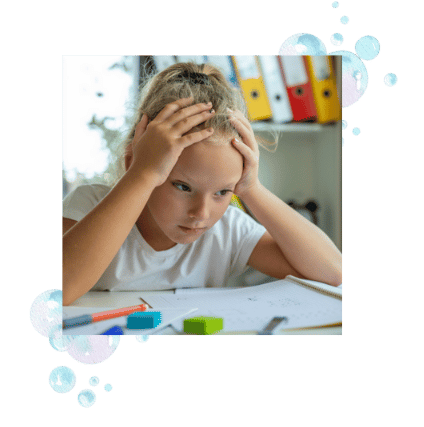
When proper treatment for dyslexia is added to the mix, then strides are made! The boat is turned around and reading progress begins!
Dyslexic students are usually overlooked by schools because they are so bright, verbal, creative, and intelligent. To make matters worse, for most public schools to provide intervention, the student needs to be at least two years behind.
Often, kids with dyslexia don’t show this gap until they are well into third or fourth grade, and by then, self-esteem issues enter the picture, muddying the waters.
Even worse, many kids with dyslexia are often incorrectly diagnosed as having ADD/ADHD, since the crossover of symptoms is so similar. Medications are prescribed, and often, the students lose the spark that once made them so special! Once again, the dyslexic child’s self-esteem plummets, and the failure chain locks its ugly jaws onto the entire scene!
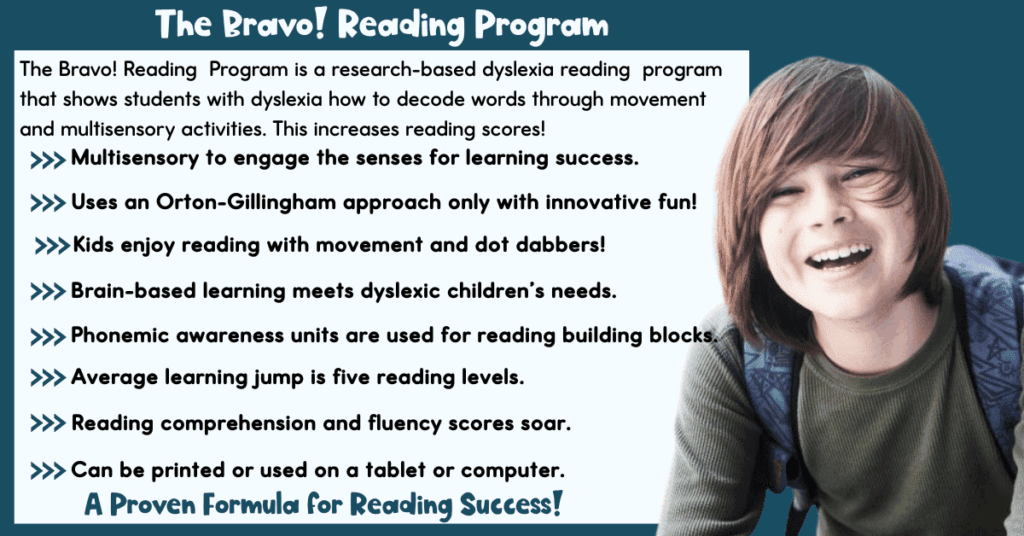
Make Your Child’s Future Strong With The Right Treatment For Dyslexia!
Students with dyslexia can perceive a single image in up forty different, unique ways. And if they look at a previously learned image at another time, it may be different than the previous day’s. Images move, come in at angles, are upside down, and create massive confusion.
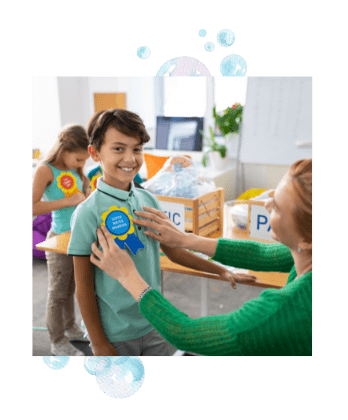
It was once believed that dyslexia was primarily a visual problem, but recent research shows that there can be an auditory component to dyslexia as well. Sounds are distorted or have ringing and buzzing components.
Kids with dyslexia can hear words backward or miss pieces of the words. For instance, they might not hear the beginning sounds of words or drop off all ending sounds.
Can you imagine how frustrating that would be? Can you imagine trying to sound out or decode a word properly when you don’t hear sounds properly? It’s amazing that these children perform as well as they do!
A student must hear sounds correctly to read letters, blends, phonemic units, vowel blends, etc. in an effort to decode an unknown word.
Kids with dyslexia often have no place to turn. Their voices aren’t heard, as they are verbal and bright. Expectations are high for them, and when they fail to read and spell, their worlds often crumble.
Dyslexia: It’s Really Just A Processing Problem
Typically, people think that dyslexia is a learning disability where kids reverse letters or words, but there’s much more involved than that. In truth, dyslexia is a processing problem.
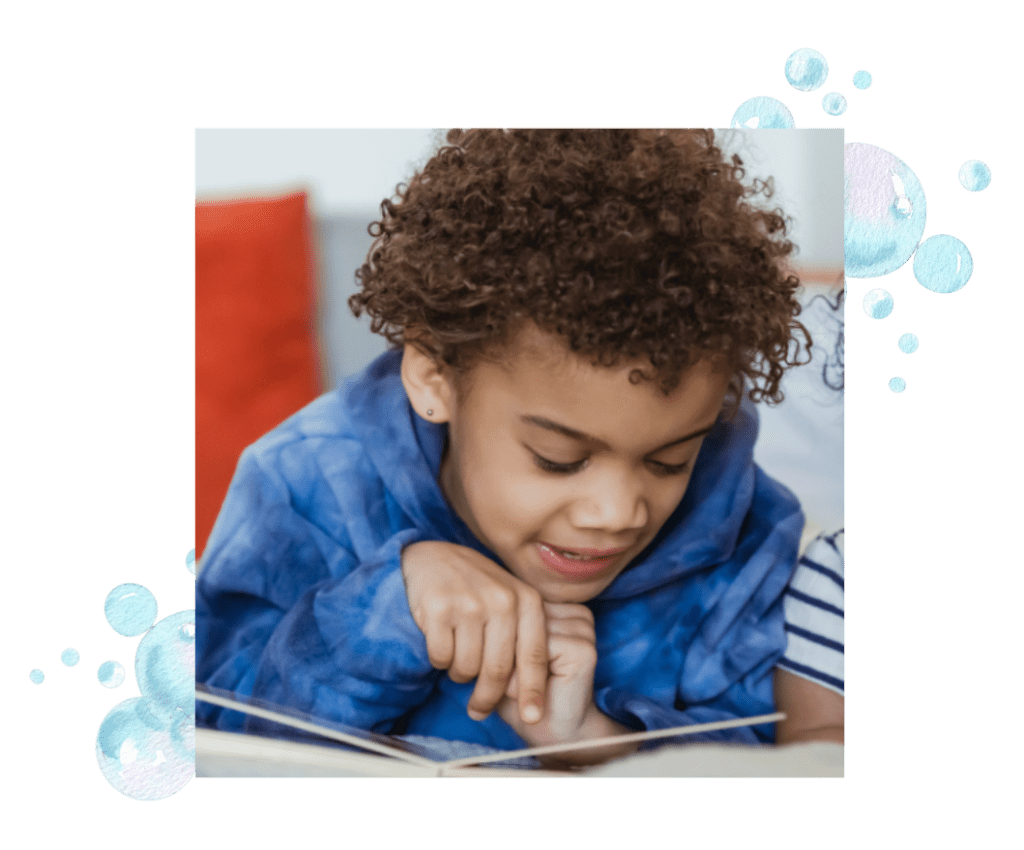
We process visual information with our brains but take in light and focus with our eyes. We also process auditory information in our brains but take in sounds with our ears.
The breakdown occurs when the sensory information isn’t taken in correctly. Visual and auditory cues enter the dyslexic child’s brain and bounce off the right or left side of the brain without crossing the corpus callosum. Chaos ensues.
This doesn’t mean that there’s something wrong with the dyslexic child; it means the child processes information differently than peers, and in turn, needs a reading program that fits her own specific needs. Traditional reading programs don’t work, because the information that enters and exits the dyslexic child’s brain is simply done in a different and unique way.
Your child’s grades soar when reading skills are strong. Tests are passed with ease. Homework battles cease. Even better, your child won’t run away when it’s time to read!
Facing The Facts – It’s Not That Hard
Students with dyslexia view the world differently than others. This isn’t necessarily a bad thing, but when you’re expected to know information that doesn’t make sense to you, then it can be quite frustrating!

The majority of dyslexic children view the world as a “whole” instead of smaller, connected pieces. That’s why bit-by-bit thinking is difficult for them, and most traditional reading programs focus on bit-by-bit thinking.
Think of conventional phonics activities where the student must come up with the beginning or ending sound of a word.
Not with Bravo!
Instead, Bravo! Reading presents the word as a whole, then breaks it down into smaller components so kids with dyslexia can learn in ways that makes sense to them. In addition, Bravo! uses nonsense words throughout the entire system, which helps to break the habit of memorizing words, which is inefficient. Since there are over a million words in the English language, this isn’t a sound strategy for reading.
Kids don’t outgrow dyslexia. Sure, some kids figure out how to push through it and come up with coping mechanisms that make a difference, but the bottom line is this – they still have to work harder than their peers.
Waiting for your child to outgrow dyslexia is a long wait. And all too often, wear and tear happens with both parents and children. By the time you seek out help, the reading gap is so large that often feels like it’s too late.
It’s never too late! Although Bravo! Reading is geared toward children, it works for any age!
Kids with dyslexia are smart, and when given a set of strategies to decode and read, they can succeed both academically and in life!


